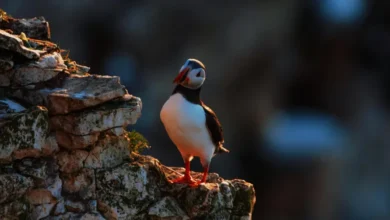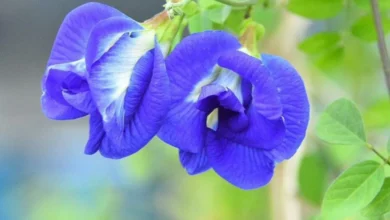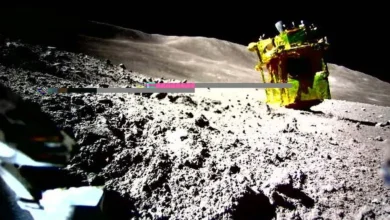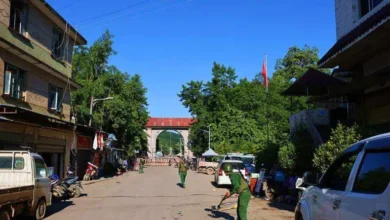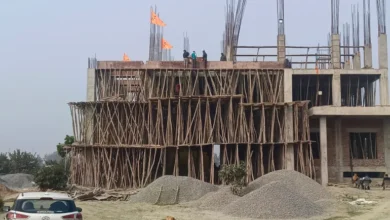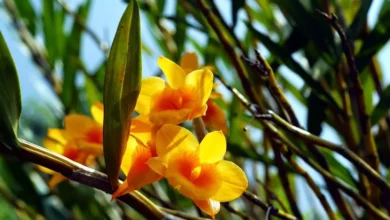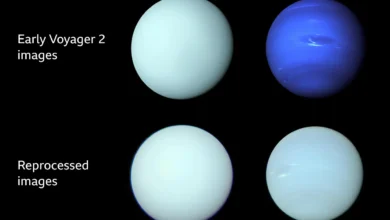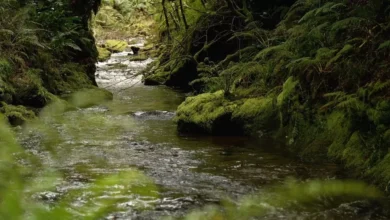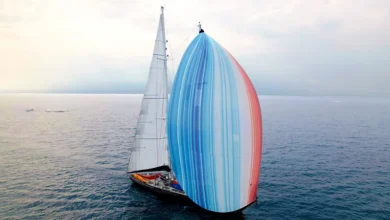Is Iceland entering a new volcanic era?
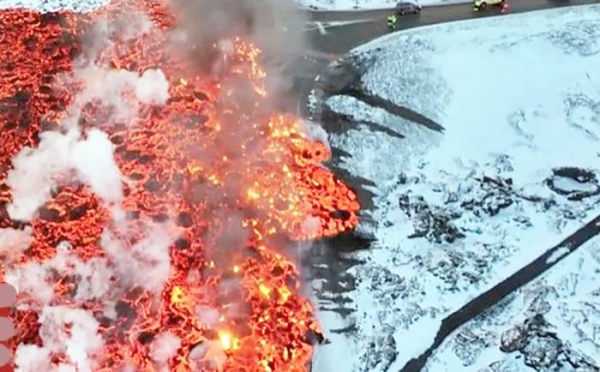
This week, Iceland woke up to yet another day of fire, as towering fountains of lava lit up the dark morning sky.
This time the evacuated town of Grindavik was spared, but the molten rock still wreaked havoc – engulfing a pipe that provides heat and hot water to thousands living in the area and cutting off a road to the Blue Lagoon tourist attraction.
It is the third short-lived eruption on the Reykjanes peninsula since December 2023 and the sixth since 2021. But scientists think this is just the start of a period of volcanic activity that could last for decades or even centuries.
So what is going on?
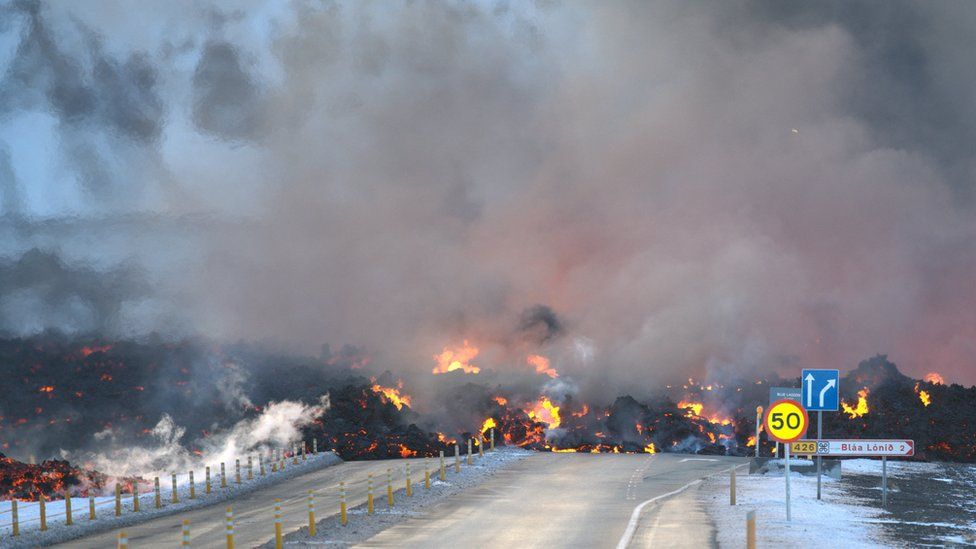
Iceland is no stranger to volcanoes – it is one of the most volcanically active places in the world.
That is because the country is positioned above a geological hotspot, where plumes of hot material deep within the Earth rise towards the surface.
But Iceland also sits on the boundary between the Eurasian and North America tectonic plates. These plates are very slowly pulling apart from each other, creating a space for hot molten rock – or magma – to flow up.
As the magma builds up underground, the pressure increases until it breaks through the surface in an eruption (at this point the hot rock is called lava).
There are more than 100 volcanoes across Iceland and more than 30 are currently active.
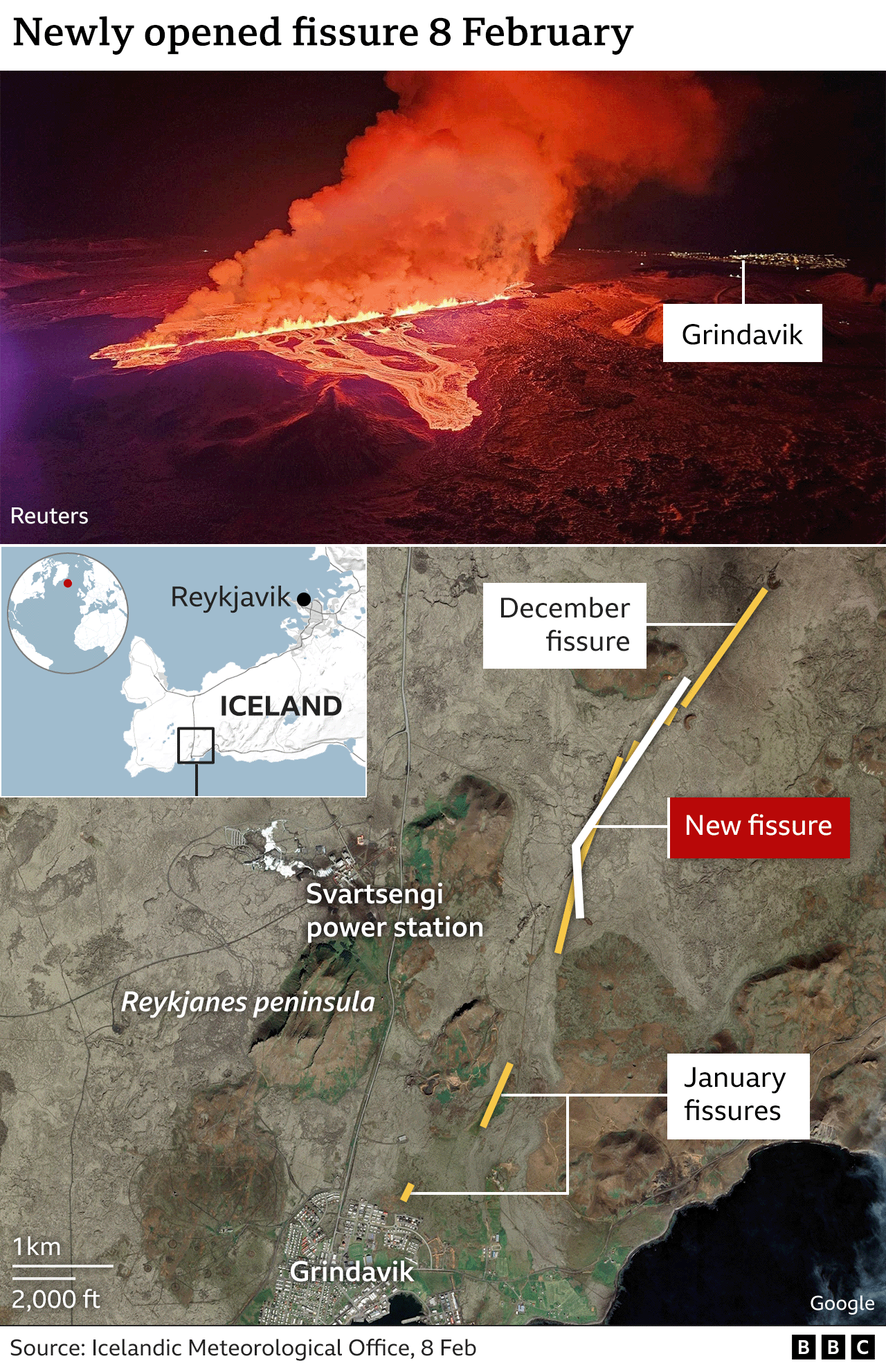
But the last time the Reykjanes peninsula saw any lava flow was hundreds of years ago – that may have started as early as the 8th or 9th Century and continued until 1240.
Now the eruptions have started again – but why has there been an 800-year gap?
“Over geological time, the tectonic plates are pulling apart at about the speed that your fingernails grow, so a few centimetres a year,” explains Prof Tamsin Mather, an Earth scientist from the University of Oxford.
“But they don’t seem to smoothly pull apart – they go through these pulses of higher activity. And this is likely what we’re seeing right now in the Reykjanes.”
The rocks in the region can reveal even more about the past – and they show a pattern of periods of quiet lasting around 1,000 years – followed by eruptions that continue for a few centuries.
“There’s evidence for about three of these types of episodes in the last 4,000 years in this area” Prof Mather explains.
“So this is proceeding as expected at the moment. And what we’re expecting is a series of these relatively small, relatively short-lived eruptions over the coming years and decades.”
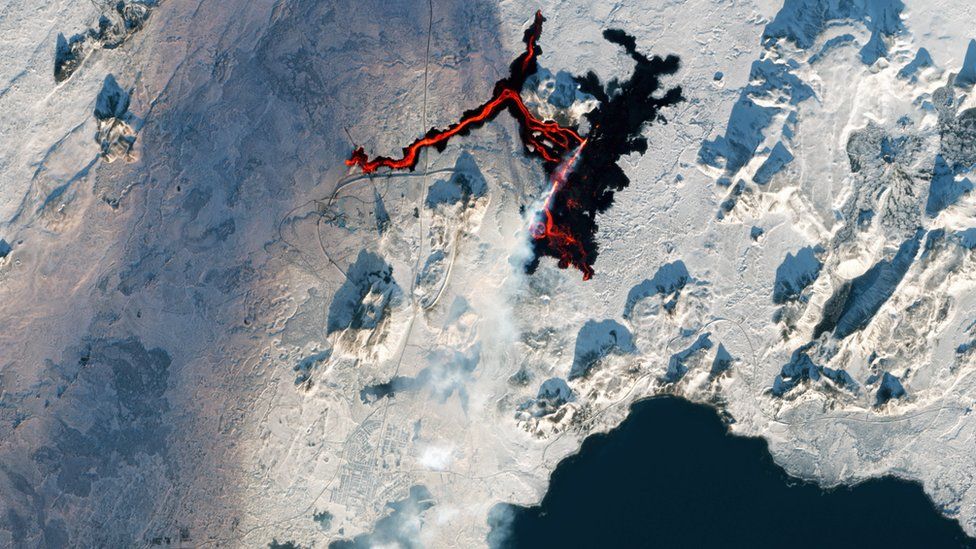
Working out how to predict when the eruptions will happen is a key concern for Iceland right now – especially as the town of Grindavik and a geothermal power plant – a key piece of national infrastructure – are in the danger zone.
“Now that the eruptions are repeating themselves, scientists have a much better idea of what is happening,” explains Dr Evgenia Ilyinskaya, a volcanologist from the University of Leeds.
“So they’ve been tracking how the ground is inflating as magma is coming out from deep below. And now they actually can tell with a lot more certainty than was possible when to expect the magma to start breaking through the ground.”
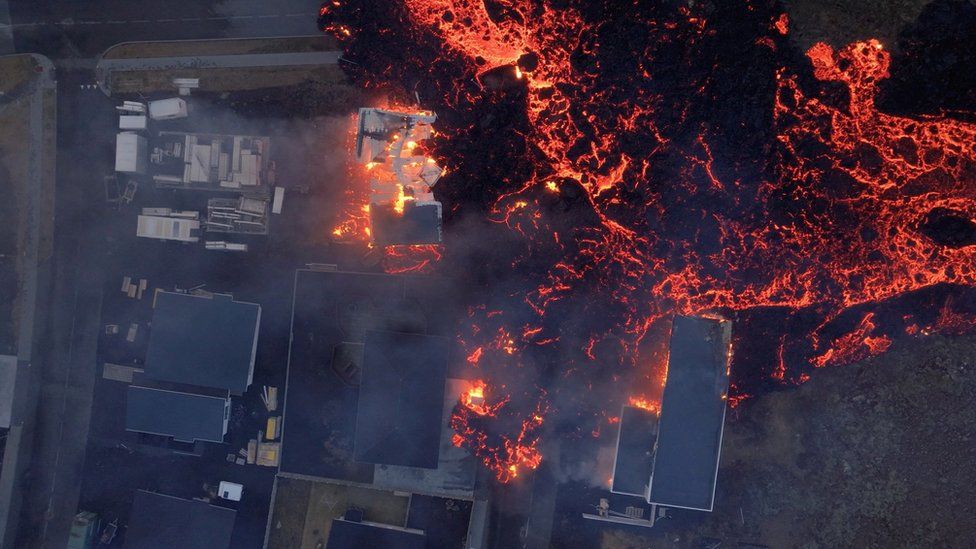
But pinpointing exactly where an eruption will happen is harder. These aren’t cone-shaped volcanoes like Italy’s Mount Etna, for example, where the lava comes out at more or less the same place.
In the Reykjanes Peninsula, the magma is held more loosely under a larger area – and it erupts through cracks – or fissures – that can be miles long.
The Icelandic authorities are building large barriers around the town and power station – and these are good at holding lava back.
But if a fissure opens up inside the barriers – as was the case in Grindavik in January when some houses were destroyed – not much can be done.
A long period of eruptions will have major consequences for Iceland.
“This is the most densely populated part of Iceland – so 70% of the population lives within 40km or so,” explains Dr Ilyinskaya.
“And all of the key infrastructure is there – so the main international airport, big geothermal power plants, and a lot of tourist infrastructure too, which is a big part of Iceland’s economy.”
Key roads being cut off by lava flow and air pollution from the eruptions are just some of the risks.
The country’s capital Reykjavik also has the potential to be impacted, says Dr Ilyinskaya.
“One scenario that would be hazardous for Reykjavik (Iceland’s capital) is if the eruptions move further east along the peninsula – there are lava flows from 1,000 years ago from the last eruptive cycle that are in what is now Reykjavik, so based on that it is not unfeasible that the lava flows could flow there in future eruptions”
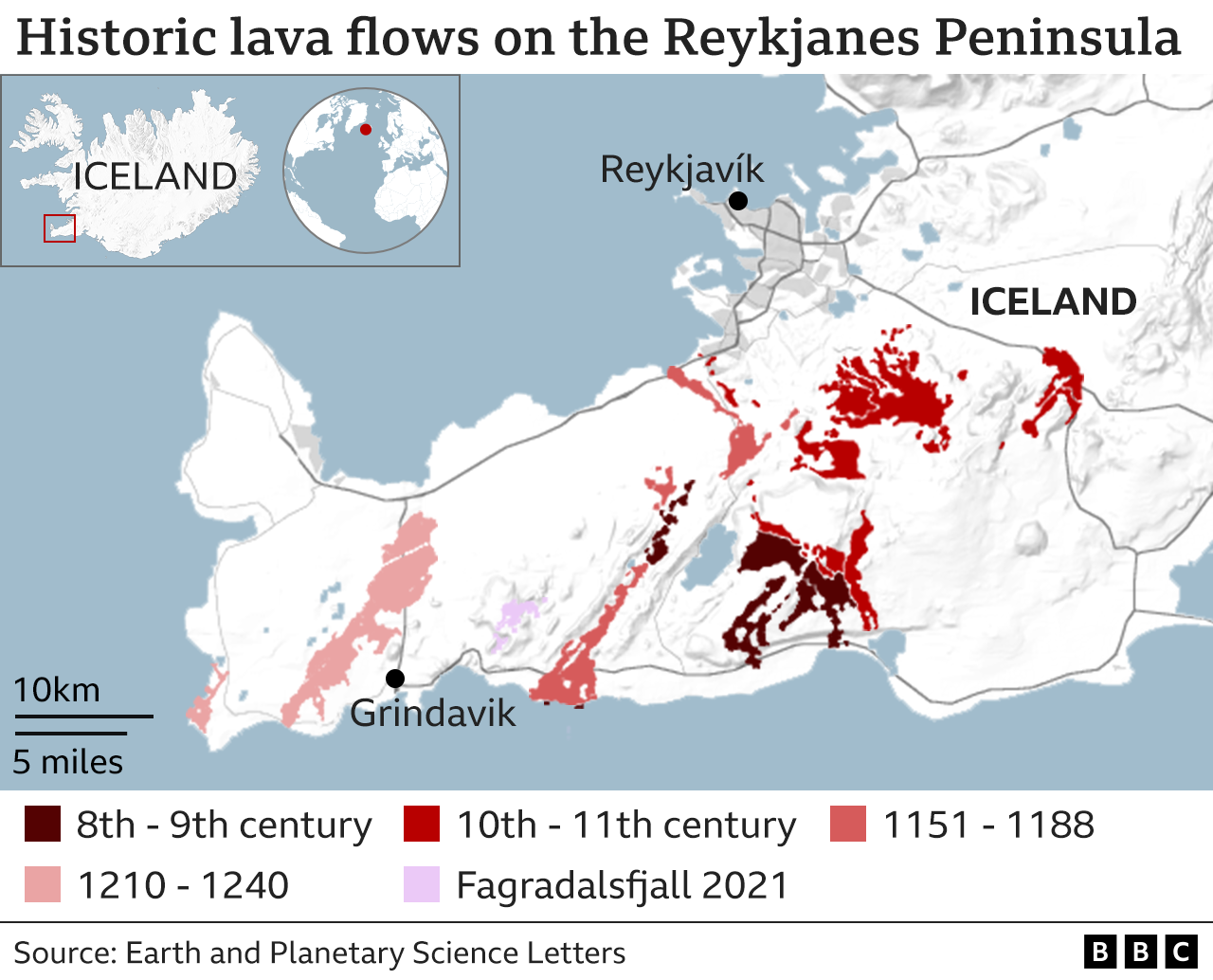
So is there a way to predict what will happen in the longer term?
Scientists are looking at a number of different volcanic systems that sit across the peninsula.
“In the last cycle, the first eruptions started in the systems to the east and migrated to the west, with a few fits and starts here and there,” explains Dr Dave McGarvie from Lancaster University.
This time, the first eruptions – which started in 2021 – happened in a system that sits more in the middle of the peninsula.
“That system now just seems to have completely switched off – there’s no clear indication of a gathering of magma beneath it. We don’t know whether that’s temporary or whether it’s a permanent thing and it may never erupt again in this cycle.”
The most recent eruptions, which began in December, are now in a neighbouring system a little further west.
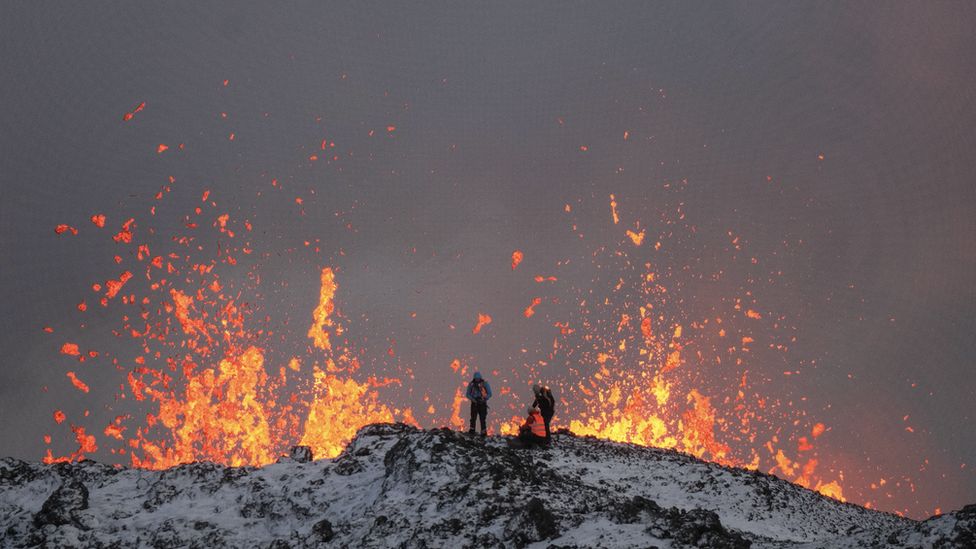
Dr McGarvie says scientists can get an idea of how much magma is held underground – and whether it is likely to shift away from Grindavik and the power station to another neighbouring volcanic system.
“If they saw the rate of magma inflow declining, then that would be an indication that perhaps it’s starting to switch off and if so it may take a few months for it to completely die down.
“The question then would be is this a temporary lull or is it actually the end of this phase of activity – we’re into unknown territory at that point.”
Scientists are learning more with every eruption, but there’s still a great deal of uncertainty for Iceland as a new volcanic era begins.
